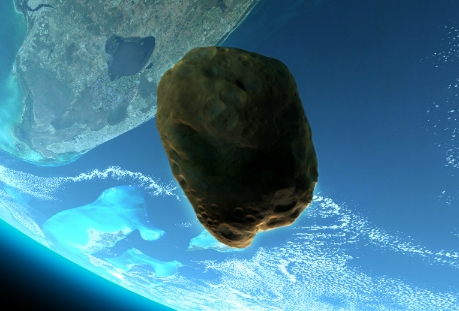Researchers study surface composition of 'mountain-sized' asteroid that flew past earth
 Washington, Jan 28: Researchers studied the surface composition of mountain-sized asteroid 2004 BL86 that flew past earth recently.
Washington, Jan 28: Researchers studied the surface composition of mountain-sized asteroid 2004 BL86 that flew past earth recently.
Remotely operating the NASA Infrared Telescope Facility (NASA IRTF) on Mauna Kea, Hawai'i, Planetary Science Institute researchers Vishnu Reddy and Driss Takir studied infrared sunlight reflected off the asteroid to determine its composition. They were part of a team of astronomers from around the world studying this object.
Reddy said that their observations showed that this asteroid has a spectrum similar to V-type asteroids that are basalt, similar in composition to lava flows seen in Hawai'i.
The principal source of V-type asteroids was thought to be ancient basin-forming impacts on the south pole of the large, main-belt asteroid (4) Vesta, the first target of NASA Dawn mission, and these impacts gave rise to the Vesta asteroid family spanning the inner part of the main asteroid belt, and some of those fragments in turn were transported to Earth-crossing orbits, he further added.
Photometric and radar observations by other astronomers also showed that 2004 BL86 was a binary asteroid, a system where two asteroids orbit their common center of mass.
2004 BL86 was a 300-meter diameter asteroid that made a close flyby of the Earth on January 26 at a distance of 745,000 miles. It was the closest flyby of a large asteroid for the next 200 years. (ANI)